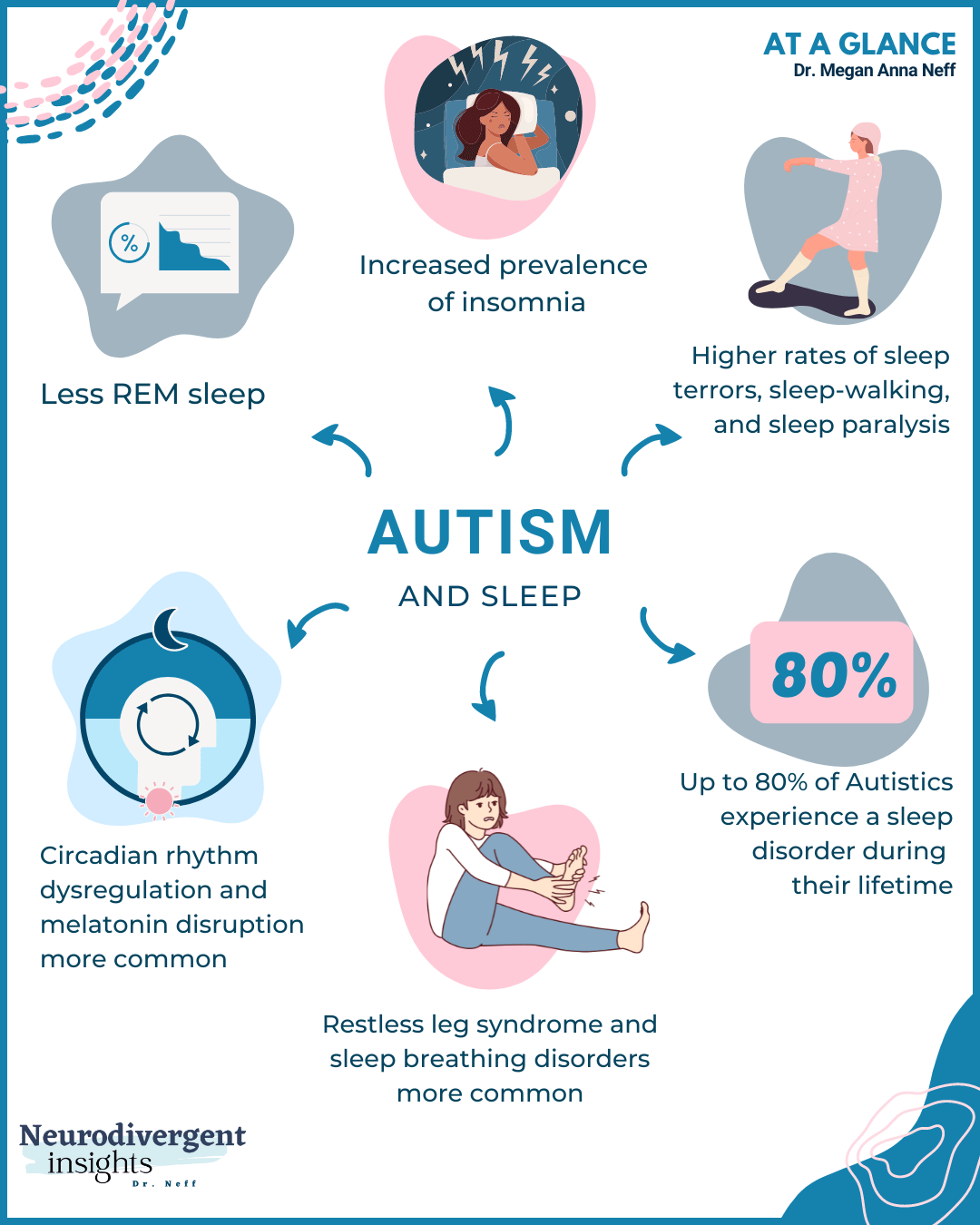Checking Out Autism: Techniques for Efficient Communication and Communication
Effective communication and communication with individuals on the autism spectrum demand a detailed understanding of their unique requirements and preferences. The complexities of these approaches expose further factors to consider that warrant expedition, specifically in how they can be adjusted to varied contexts and individual experiences.
Recognizing Autism Range Disorder
Autism Range Condition (ASD) includes a variety of neurodevelopmental problems identified by obstacles in social communication, interaction, and repetitive habits. The term "spectrum" reflects the varied indications and differing degrees of seriousness experienced by people with ASD. While some might display considerable impairments, others might display high-functioning characteristics, enabling higher independence in life.
The onset of ASD usually takes place in early childhood years, with signs typically well-known by age 2. Very early signs may include delayed speech development, minimal eye call, and problems in comprehending social hints. Although the exact etiology of ASD stays vague, research suggests a combination of genetic and environmental aspects plays an important function in its growth.
As a result, treatments and support customized to specific demands are vital for promoting communication and social abilities. Recognizing the complexity of ASD is crucial for promoting understanding, acceptance, and effective approaches that facilitate significant interactions with people on the range.

Value of Clear Interaction
Efficient interaction is crucial for cultivating understanding and connection, specifically for individuals with Autism Range Condition (ASD) Clear communication not only assists in social communications but likewise enhances the person's ability to express their feelings, requirements, and ideas. For people with ASD, the subtleties of language can frequently be testing; for that reason, utilizing unambiguous and uncomplicated language is vital.
In addition, clear communication helps in reducing irritation and anxiety that might develop from misunderstandings. When messages are communicated in a constant and direct way, people with ASD are better outfitted to analyze information accurately, which can significantly enhance their social interaction and involvement in various setups.
Establishing routines and utilizing visual supports can even more reinforce clear interaction. These techniques give individuals with predictable frameworks that aid comprehension and retention of details. Additionally, actively being and listening client throughout communications promotes an encouraging setting where individuals with ASD really feel valued and comprehended.
Inevitably, focusing on clear communication not just encourages people with ASD yet likewise fosters even more meaningful links with their peers, caregivers, and the larger area, leading the means for comprehensive communications and collective partnerships. - autism
Non-Verbal Communication Methods
Communication expands past words, and for individuals with Autism Range Problem (ASD), non-verbal cues play a substantial function in interactions. Non-verbal communication techniques can consist of facial expressions, motions, body language, and eye call, every one of which function as crucial components for conveying emotions and purposes.
Recognizing and translating these non-verbal signals can boost communications with individuals visit homepage with ASD. For example, a warm smile or open position can develop an inviting ambience, motivating engagement. Likewise, utilizing visual aids-- such as photo cards or icons-- can connect communication gaps and assist share messages more effectively.
It is additionally essential to be mindful of personal space, as people with ASD may have various comfort levels concerning closeness. Observing their responses to physical distance can educate appropriate modifications.

Creating Supportive Environments
Producing a helpful environment is essential for promoting favorable interactions and boosting the well-being of people with Autism Spectrum Condition (ASD) Such settings can significantly minimize stress and anxiety and develop a sense of safety and security, permitting people to reveal themselves extra freely.
To accomplish this, it is essential to think about sensory sensitivities that people with ASD may experience. Customizing the physical space to consist of soft illumination, very little history noise, and comfy seats can create a soothing environment. In addition, using consistent routines and clear visual routines can aid individuals prepare for transitions and visit their website minimize uncertainty, find here additional promoting comfort.
Social areas need to be structured to reduce overwhelming stimuli while supplying chances for engagement in preferred tasks. Facilitating locations marked for peaceful time can likewise work as a refuge throughout minutes of stress and anxiety. Importantly, integrating aspects of choice empowers individuals, allowing them to exercise firm in their setting.

Encouraging Social Interactions
Promoting social interactions amongst people with Autism Range Condition (ASD) needs intentional methods that focus on comfort and engagement. Developing foreseeable routines can help decrease stress and anxiety, making social setups more friendly. Producing organized atmospheres with defined duties and obligations permits individuals to involve without the overwhelming stress of unstructured social characteristics.
Incorporating interests and staminas right into social activities can act as a stimulant for communication. Organizing group tasks around shared leisure activities or topics of fascination can assist in natural discussions and links. In addition, utilizing aesthetic supports, such as photographic timetables or social scripts, can help in understanding social hints and assumptions.
Modeling ideal social habits is essential - autism. Peers and adults must show effective communication strategies, consisting of energetic listening and turn-taking. Role-playing circumstances can additionally give a secure room for people to exercise these abilities
Last but not least, cultivating peer partnerships with comprehensive methods is necessary. Motivating inclusive playdates or group getaways can develop possibilities for socializing in a comfortable setting. By executing these caretakers, approaches and teachers can substantially enhance social communications for people with ASD, promoting their total social advancement and wellness.
Final Thought
In conclusion, reliable interaction and interaction approaches are vital for supporting people with Autism Spectrum Problem. Highlighting clear language, including non-verbal hints, and developing foreseeable regimens considerably enhance engagement and lower stress and anxiety. Creating helpful settings fosters secure social communications, while encouraging shared passions helps with purposeful links. Ultimately, these methods empower individuals with autism to browse social landscapes, advertising their general health and making it possible for the development of enduring relationships.
Efficient communication and communication with people on the autism spectrum demand a detailed understanding of their unique needs and choices. Clear interaction not just promotes social communications but also enhances the person's capacity to share their feelings, demands, and ideas.Fostering social interactions amongst people with Autism Range Problem (ASD) needs deliberate techniques that prioritize comfort and involvement. By applying these caregivers, educators and approaches can considerably improve social interactions for people with ASD, promoting their total social development and well-being.
In verdict, efficient communication and communication techniques are important for sustaining people with Autism Range Condition.